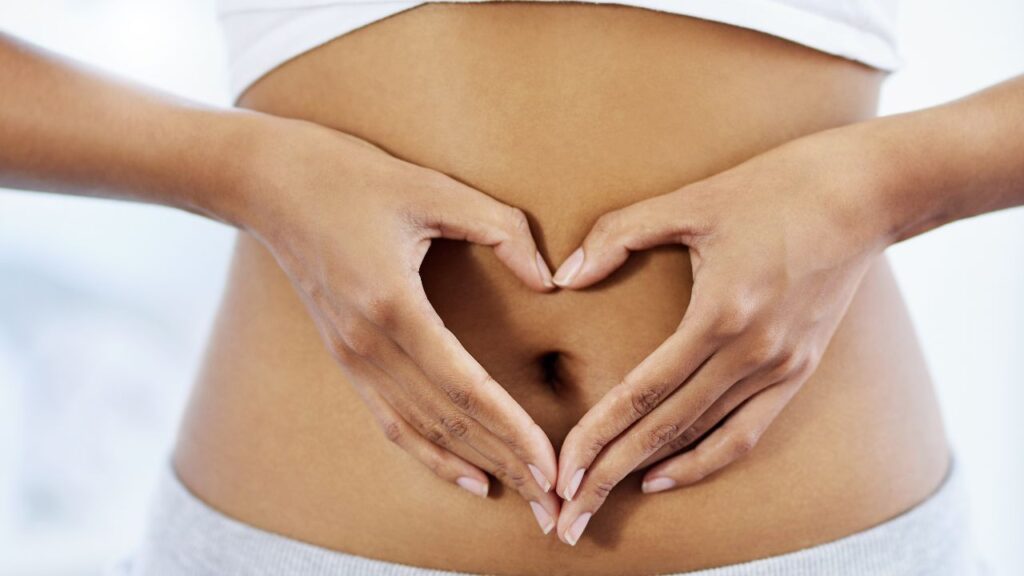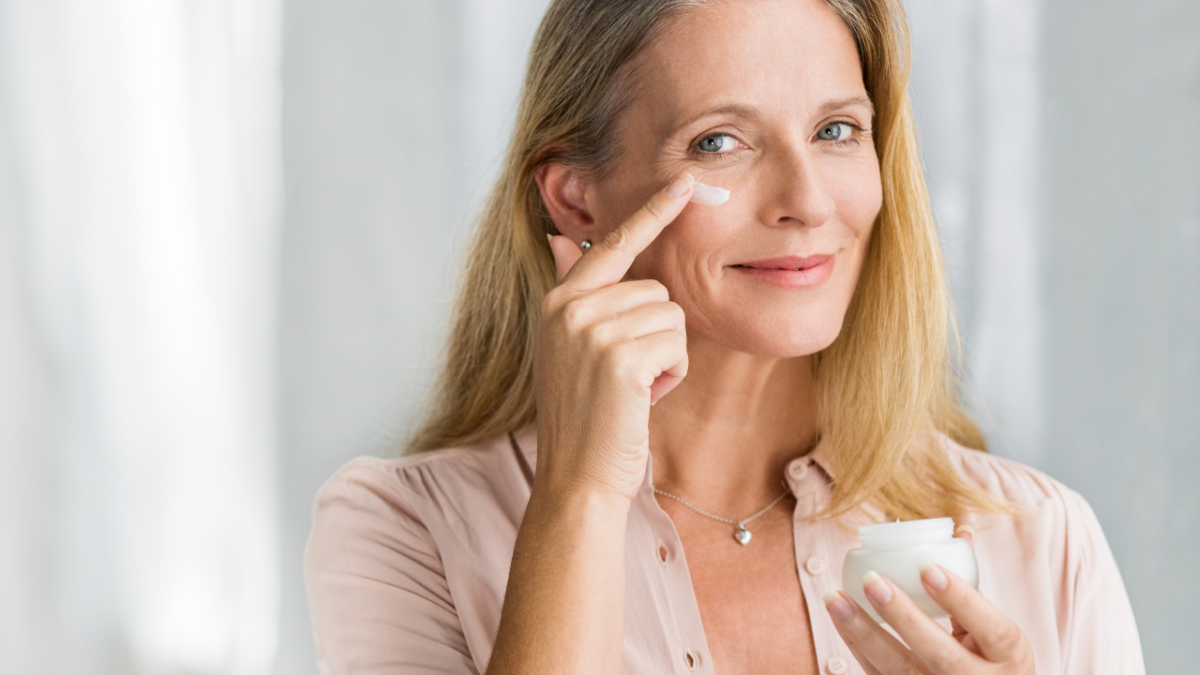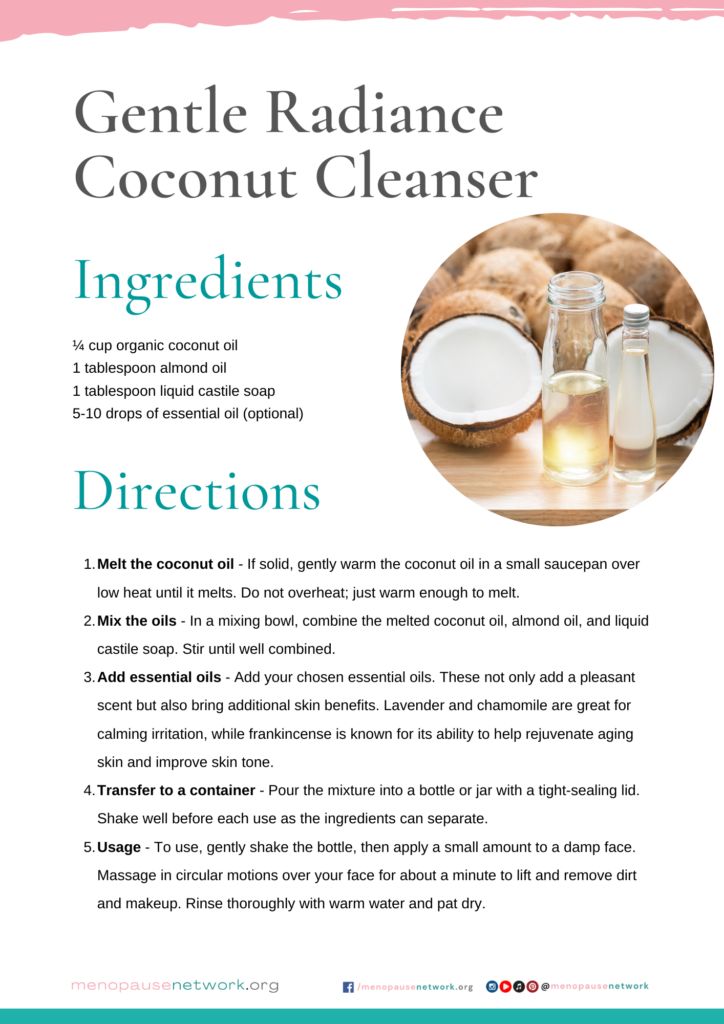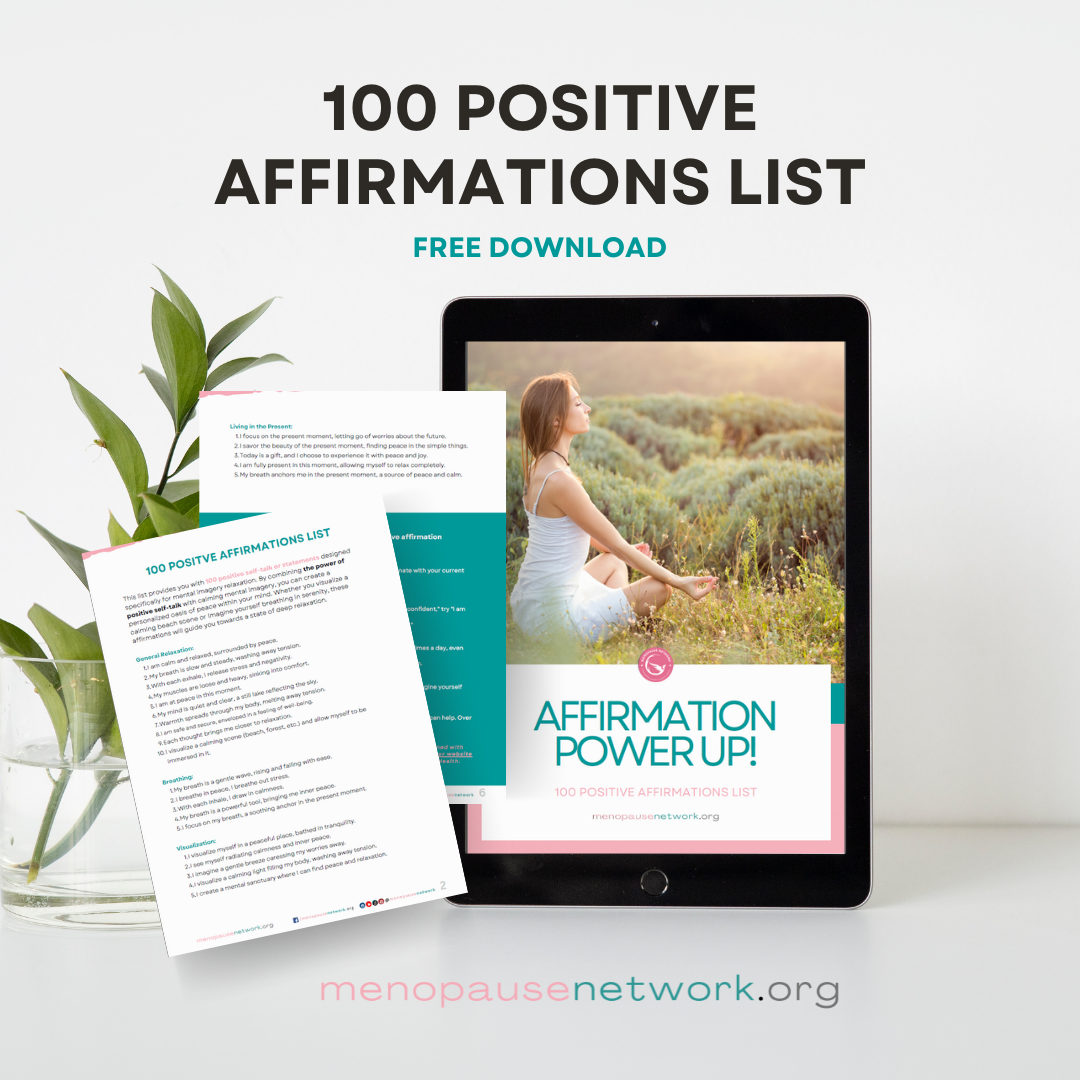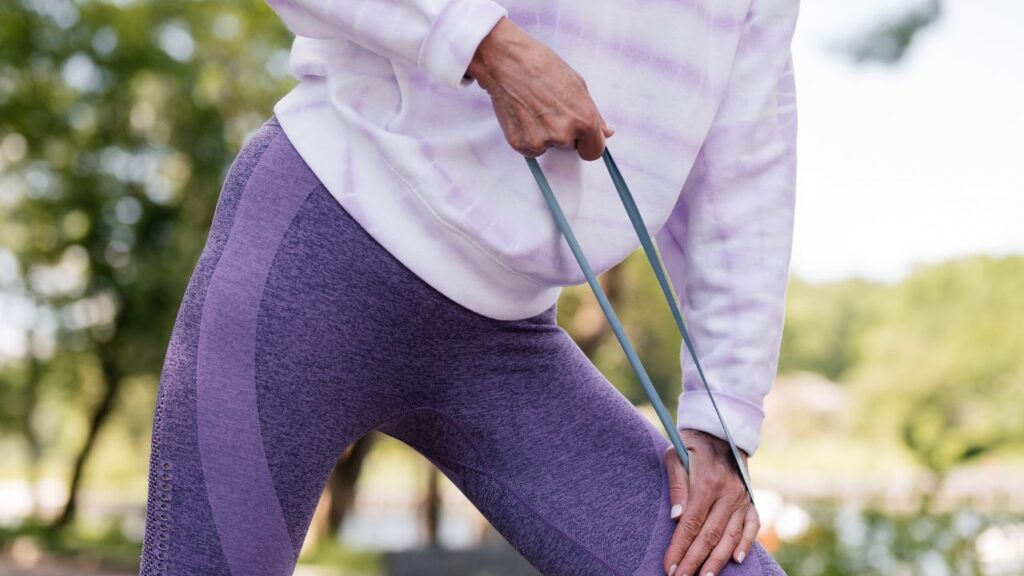Maintaining Skin Health Post-Menopause: Tips to Combat Collagen Loss
As women transition through menopause, the body’s natural production of collagen takes a significant hit, leading to noticeable changes in skin texture and firmness. Within the first five years after menopause, women can lose up to 30% of their skin’s collagen thickness. Understanding this shift and adopting effective strategies to maintain skin health is crucial. Here, we’ll explore practical and scientifically-backed methods to combat collagen loss and keep your skin looking vibrant.
The Impact of Menopause on Collagen
Collagen is a large protein that provides structure to the skin, helping it remain firm and supple. The decline in estrogen levels during menopause is directly linked to reduced collagen production. Estrogen stimulates collagen synthesis, so its decrease leads to a significant drop in collagen levels, which in turn affects skin health.
Eat More Healthy Sources of Protein
One of the simplest yet most effective ways to support collagen production is by consuming a protein-rich diet. Collagen itself is a protein, so having an adequate intake of dietary protein is essential for its synthesis.
Why Protein Matters
Proteins are made up of amino acids, which are the building blocks of collagen. Consuming high-quality protein sources ensures that your body has the necessary raw materials to produce collagen.
Best Sources of Protein
- Lean Meats: Chicken, turkey, and lean cuts of beef are excellent sources of high-quality protein.
- Fish: Fish like salmon and tuna are not only rich in protein but also contain omega-3 fatty acids, which support skin health.
- Eggs: Eggs provide a complete source of protein, including all the essential amino acids.
- Dairy: Milk, cheese, and yogurt offer high amounts of protein and calcium.
- Plant-Based Proteins: Beans, lentils, quinoa, and nuts are great sources of protein for those following a vegetarian or vegan diet.
Incorporating these foods into your daily diet can help maintain healthy collagen levels and improve overall skin health.
Check out this High-Protein Bowl Recipe
Take a Hydrolyzed Collagen Supplement
Hydrolyzed collagen supplements have become increasingly popular for their purported skin benefits. These supplements contain collagen peptides, which are smaller, easily absorbed forms of collagen.
How Hydrolyzed Collagen Works
When you consume hydrolyzed collagen, it is broken down into amino acids and absorbed into the bloodstream. These amino acids then provide the necessary components for collagen synthesis in the skin.
Evidence Supporting Collagen Supplements
Several studies support the efficacy of hydrolyzed collagen supplements in improving skin elasticity, hydration, and reducing wrinkles. For example, a review of 19 studies involving 1,125 participants, 95% of whom were women aged 20 to 70, found that taking hydrolyzed collagen significantly improved skin hydration, elasticity, and reduced wrinkles compared to placebo treatments.
Choosing the Right Supplement
When selecting a collagen supplement, look for products that are:
- Hydrolyzed: This form is more easily absorbed by the body.
- Sourced from Grass-Fed Animals or Wild-Caught Fish: These sources are less likely to contain harmful additives.
- Free from Additives: Choose products without unnecessary fillers or artificial ingredients.
Taking a hydrolyzed collagen supplement daily can be an effective way to boost collagen levels and improve skin health post-menopause.
More info on how to boost your collagen for youthful skin
Use Peptide Creams
Topical peptide creams are another effective strategy to combat collagen loss. Peptides are short chains of amino acids that serve as building blocks for proteins, including collagen.
How Peptide Creams Work
Peptide creams work by sending signals to your skin cells to produce more collagen. They essentially “trick” the skin into thinking there has been an injury, prompting it to repair itself by producing more collagen.
Benefits of Peptide Creams
- Enhanced Collagen Production: Peptides directly stimulate collagen synthesis.
- Improved Skin Barrier: Peptides help strengthen the skin’s natural barrier, protecting it from environmental damage.
- Hydration and Firmness: Regular use of peptide creams can improve skin hydration and firmness.
Choosing the Right Peptide Cream
Look for creams that contain:
- Palmitoyl Pentapeptide-4: Known for its collagen-boosting properties.
- Copper Peptides: These have strong anti-inflammatory and antioxidant effects.
- Matrixyl 3000: A blend of peptides that stimulate collagen production and skin repair.
Applying a peptide cream as part of your daily skincare routine can help reduce the signs of aging and maintain healthy skin post-menopause.
Discuss Hormone Replacement Therapy (HRT) with Your Doctor
Hormone Replacement Therapy (HRT) involves taking medications that contain female hormones to replace the ones the body no longer makes after menopause. HRT has been shown to have a positive impact on skin health, particularly in reversing collagen loss.
How HRT Works
HRT helps to replenish estrogen levels, which can stimulate collagen production and improve skin thickness and elasticity.
Benefits of HRT
- Reverses Collagen Loss: Studies have shown that HRT can significantly increase skin collagen content and improve skin hydration.
- Improves Skin Elasticity and Thickness: By boosting collagen levels, HRT helps restore skin elasticity and thickness, reducing the appearance of wrinkles.
Considerations and Risks
HRT is not suitable for everyone and can have side effects. It’s essential to discuss the potential benefits and risks with your doctor to determine if HRT is a suitable option for you.
Types of HRT
- Systemic Hormone Therapy: Typically prescribed for women with moderate to severe menopausal symptoms, this therapy involves higher doses of estrogen.
- Low-Dose Vaginal Products: These products minimize systemic absorption and are primarily effective for treating vaginal and urinary symptoms.
By discussing HRT with your healthcare provider, you can make an informed decision about whether this treatment is appropriate for you.
Collagen Loss After Menopause: A Comprehensive Overview
Collagen loss after menopause can be a significant concern for many women, but it’s not an insurmountable issue. By understanding the underlying causes and implementing these strategies—protein-rich diet, hydrolyzed collagen supplements, peptide creams, and HRT—you can effectively manage and even reverse the impact of collagen loss on your skin.
Frequently Asked Questions
How quickly does collagen loss occur after menopause? Collagen loss can be rapid, with up to 30% reduction in the first five years post-menopause.
Can diet alone improve collagen levels? While diet plays a crucial role, combining it with supplements and topical treatments can yield better results.
Are collagen supplements safe? Generally, yes. However, it’s essential to choose high-quality products and consult with a healthcare provider if you have any concerns.
Is HRT effective for all women? HRT can be highly effective for many women, but it’s not suitable for everyone. A healthcare provider can help determine if it’s right for you.
What are the side effects of peptide creams? Peptide creams are usually well-tolerated but can cause minor skin irritation in some individuals.
How long does it take to see results from collagen supplements? Most studies suggest visible improvements in skin elasticity and hydration within 8 to 12 weeks of regular use.
Takeaway
Addressing collagen loss after menopause is essential for maintaining healthy, youthful-looking skin. By incorporating a balanced approach that includes dietary adjustments, supplements, topical treatments, and potentially HRT, women can effectively combat the effects of reduced collagen levels. Always consult with healthcare professionals to tailor these strategies to your individual needs and circumstances, ensuring the best possible outcomes for your skin health.
Disclaimer: The information provided is for educational purposes only and should not be considered medical advice. Always consult with a qualified healthcare professional before starting any new supplement or treatment, as individual needs and conditions vary.

















